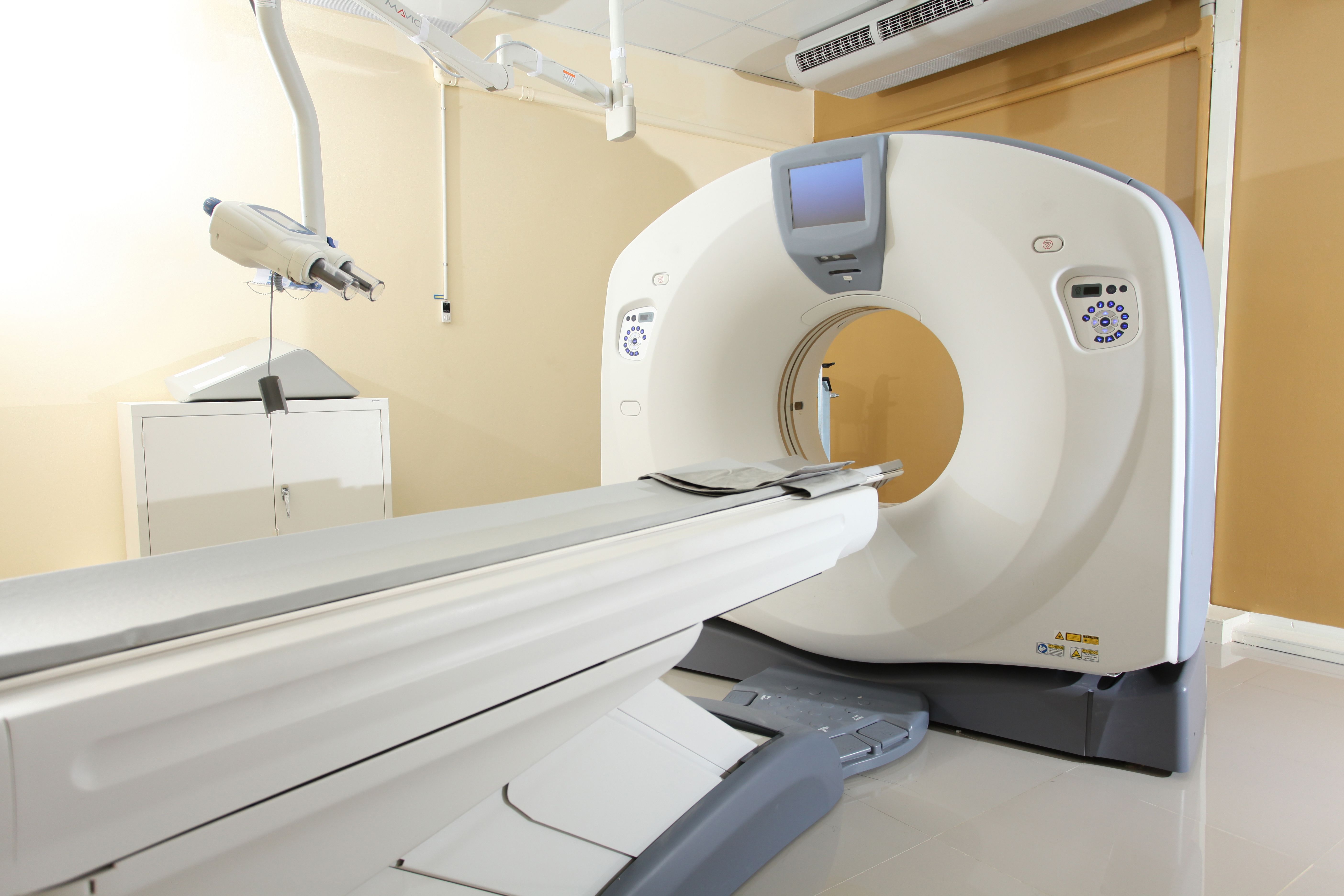News
Article
Teriflunomide Inhibits Clinical Demyelinating Event in Patients With MS
Author(s):
Teriflunomide treatment incurred an unadjusted risk reduction of 63% and an adjusted risk reduction of 72% in inhibiting a first clinical demyelinating event in patients with multiple sclerosis (MS).
Treatment with teriflunomide resulted in an unadjusted risk reduction of 63% and an adjusted risk reduction of 72%, relative to placebo, in inhibiting a first clinical demyelinating event in patients with multiple sclerosis (MS), according to JAMA Neurology.
These data imply a benefit in early treatment in the MS disease spectrum.
Radiologically isolated syndrome (RIS) characterizes the earliest measurable preclinical phase of MS punctuated by incidental magnetic resonance imaging (MRI) white matter anomalies within the central nervous system and increases the spectrum of at-risk individuals for future clinical demyelinating events.
The goal was to determine the time to onset of symptoms aligned with MS.
The preclinical stage of RIS, objectively defined by MRI, extends the spectrum of at-risk individuals for future clinical demyelinating events.
MRI Machine

First, this multicenter, double-blind, phase 3, randomized clinical trial conducted from September 2017 to October 2022 evaluated the efficacy of teriflunomide in delaying MS in individuals with RIS, with a 3-year follow up. Participants older than 18 years meeting 2009 RIS criteria were assigned randomly (1:1) to oral teriflunomide, 14 mg daily, or placebo up to a week 96 or, optionally, to week 144.
Then, clinical, MRI, and patient-reported outcomes (PROs) were obtained at baseline and each year until week 96, with an optional third year in the allocated arm if no symptoms arose.
Primary analysis was undertaken in the intention-to-treat population, and safety was evaluated accordingly. Secondary end points included MRI outcomes and PROs.
Additionally, a total of 89 participants (mean [SD] age, 37.8 [12.1] years; n = 63 female) were enrolled (placebo, n = 45; teriflunomide, n = 44). A total of 18 participants (placebo, n = 9; teriflunomide, n = 9) stopped the study, resulting in a dropout rate of 20% for adverse events (n = 3), consent withdrawal (n = 4), loss to follow-up (n = 5), voluntary withdrawal (n = 4), pregnancy (n = 1), and study termination (n = 1).
The time to the initial clinical event was significantly extended in the teriflunomide arm compared with placebo, in both the unadjusted HR (0.37; 95% CI, 0.16-0.84; P = .02) and adjusted HR (0.28; 95%CI, 0.11-0.71; P = .007) analysis. Secondary imaging end point outcomes including the comparison of the cumulative number of new or newly enlarging T2 lesions (rate ratio [RR], 0.57; 95% CI, 0.27-1.20; P = .14), new gadolinium-enhancing lesions (RR, 0.33; 95% CI, 0.09-1.17; P = .09), and the proportion of participants with new lesions (odds ratio, 0.72; 95% CI, 0.25-2.06; P = .54) were not found to be significant.
The Teriflunomide in Radiologically Isolated Syndrome (TERIS) trial is the second randomized multicenter study to show the benefit of a disease modifying treatment (DMT) formerly approved for us in established MS.
The TERIS and the Multicenter Randomized Double-Blinded Assessment of Tecfidera in Extending the First Attack in Radiologically Isolated Syndrome (ARISE) studies show that different DMTs with different immune mechanisms of action studied in other populations and originated from diverse health care systems yield analogous results, supporting that early intervention in RIS may better clinical outcomes.
“The choice between oral DMTs will depend on the patient discussion, especially in young women, where pregnancy planning may be required as teriflunomide requires a strict washout period,” emphasized the authors.
Also, an overpowering number of natural history studies and clinical trials in clinically isolated syndrome (CIS) and early MS support the paradigm that earlier treatment is helpful in postponing long-term disability accumulation.
Even with shown efficacy and reassuring teriflunomide long-term safety data, the indication of starting a DMT needs to be meticulously discussed in the presymptomatic phase, since not all individuals with RIS might benefit from treatment.
Some limitations are present in this study. One limitation is that the researchers could not stratify at-risk subgroups according to risk factors for developing MS, primarily because the trial was powered to identify the overall effect of active treatment vs placebo arms.
“However, before considering any immune intervention, it is essential to highlight the risk of misdiagnosing individuals with nonspecific MRI anomalies as having RIS, underscoring the role of MS tertiary centers in accurately classifying and managing such individuals,” concluded the researchers.
Reference
Lebrun-Frénay C, Siva A, Sormani MP, et al. Teriflunomide and time to clinical multiple sclerosis in patients with radiologically isolated syndrome: The TERIS randomized clinical trial. JAMA Neurol. Published online August 21, 2023. doi:10.1001/jamaneurol.2023.2815




